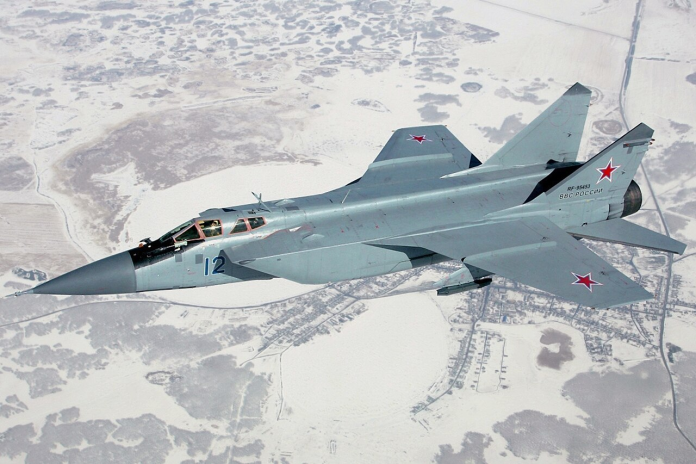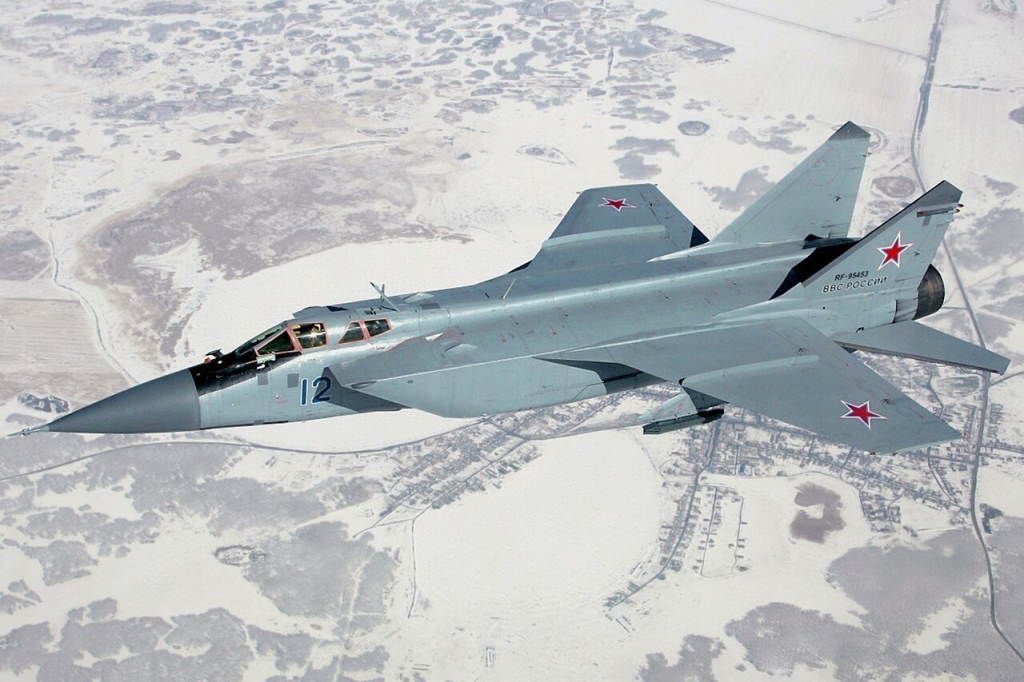
It was a penetration not in miles, but minutes twelve but the intrusion of three Russian MiG-31s into Estonian air space has stunned NATO into a half-baked, multi-layered response. The affair, which transpired over the Gulf of Finland, is more than a diplomatic flashpoint; it is an in-situ test of the alliance’s readiness against both high-speed interceptors and the new hybrid threat of drones.
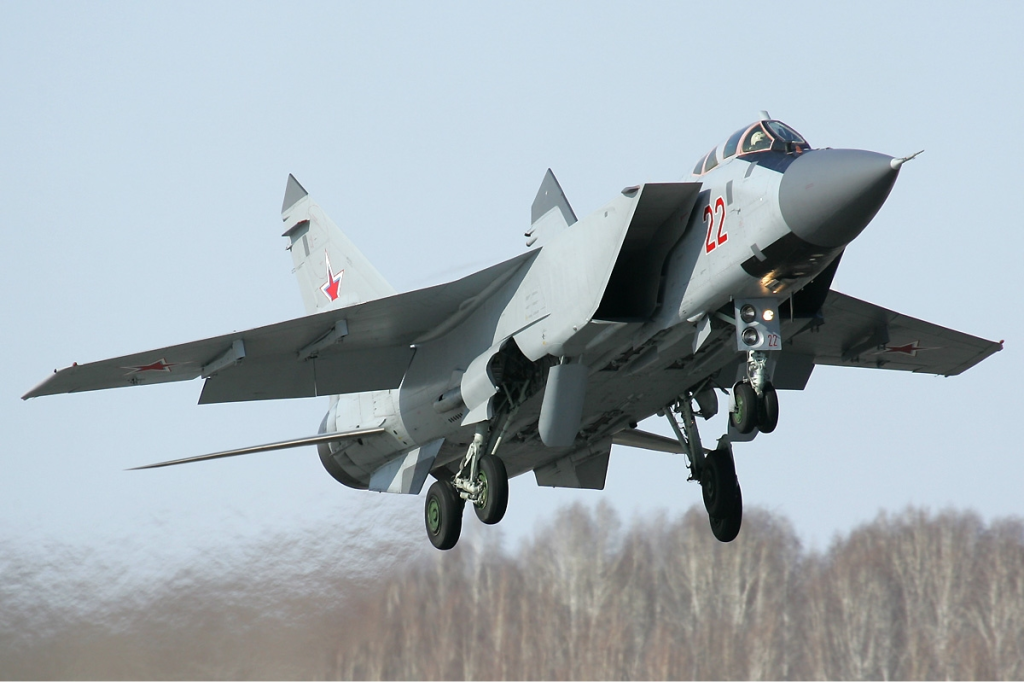
1. The MiG-31: Supersonic Interceptor with Hypersonic Teeth
The MiG-31 Foxhound is not a relic of the Cold War but a stylish platform for 21st-century deterrence and intimidation. Capable of speeds over Mach 2.8 and altitudes of over 20 kilometers, it is designed to intercept strategic bombers and cruise missiles. Its modern derivatives can be fitted with the Kh-47M2 Kinzhal, which is a hypersonic air-launched ballistic missile reportedly with a top range of 2,000 kilometers and a speed greater than Mach 10. The presence of three such aircraft, transponder off and no flight plans filed, in Estonian airspace was a deliberate message. As Estonian Foreign Minister Margus Tsahkna put it, “Russia’s increasingly widespread testing of limits and expanding aggressiveness must be met with a rapid intensification of political and economic pressure.”
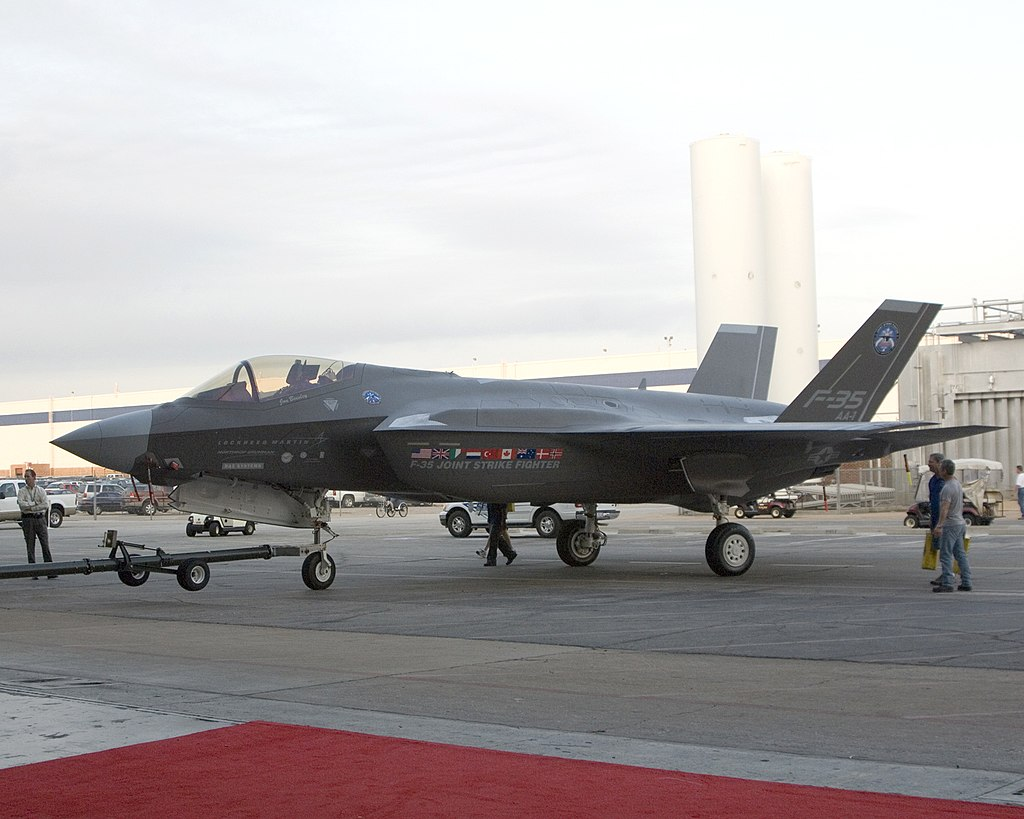
2. NATO’s Immediate Air Policing Response
Within minutes, Italian F-35s of the Baltic Air Policing operation departed Ämari Air Base, aided by Finland and Sweden’s rapid-reaction aircraft. The intercept demonstrated the alliance’s layered response under the Eastern Sentry concept, where speed in air defense is married to intelligence sharing along the eastern border. NATO Supreme Headquarters Allied Powers Europe Colonel Martin O’Donnell said, “NATO responded quickly under Eastern Sentry by scrambling Italian F-35 fighter aircraft based in Estonia.”
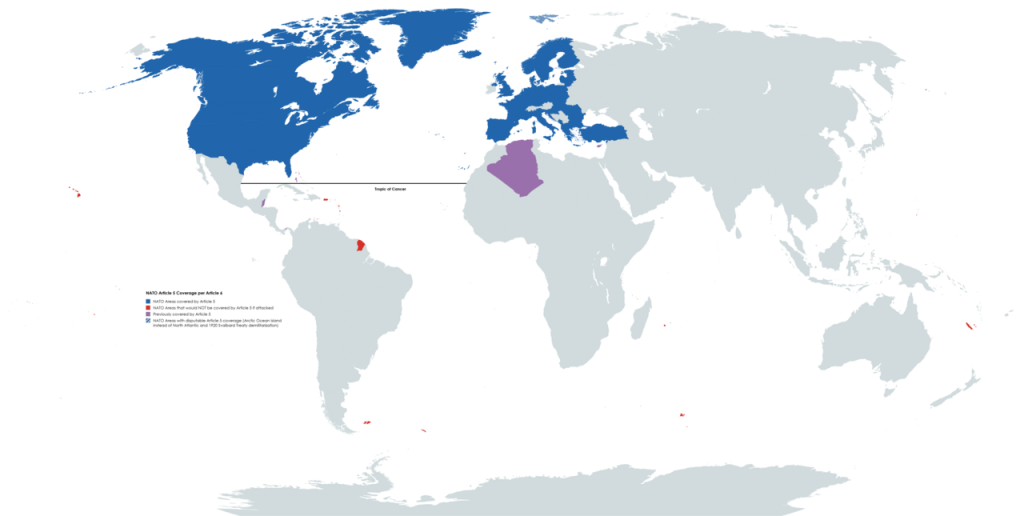
3. Article 4: Political Trigger of Collective Consultation
Estonia’s invocation of NATO’s Article 4 indicates the seriousness of the breach. This tool, short of the mutual defense obligation of Article 5, obliges member countries to consult if territorial integrity or security are threatened. It is the second time this month that such an invocation has occurred, following Poland’s response to an incursion of Russian drones. The political utility of Article 4 lies in its ability to induce alliance-wide strategic reorientation without the need for immediate escalation.
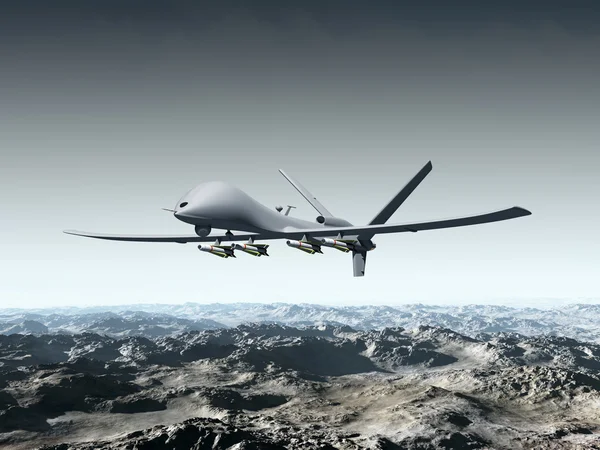
4. Pattern of Provocations: From Jets to Drones
The Estonian invasion is the latest in a series of incursions: 19 Russian drones over the Polish border, a drone trailed for nearly 50 minutes over Romania, and repeated overflights of NATO’s Baltic allies. Ukrainian President Volodymyr Zelenskyy described it as “a systematic Russian campaign directed against Europe, against NATO, against the West.” Analysts at the Institute for the Study of War estimate these activities as deliberate tests to ascertain NATO’s detection, tracking, and engagement thresholds.
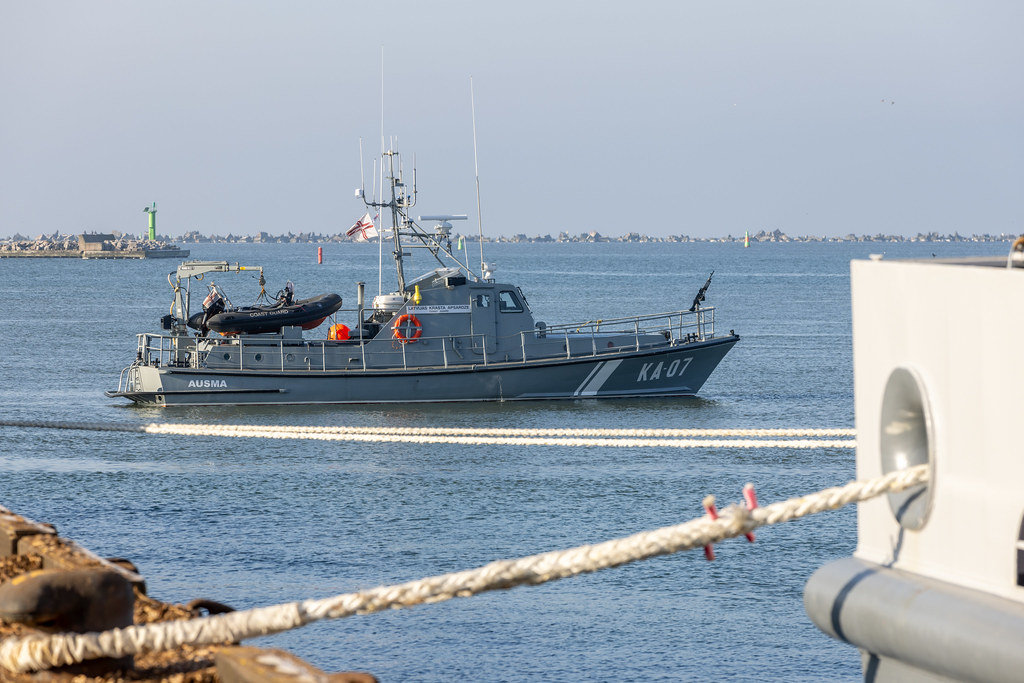
5. Eastern Sentry: A New Level of Deterrence
Launched on September 12, Eastern Sentry is NATO’s active response to these intrusions. Drawing from the Baltic Sentry maritime defense mission, it is sending Denmark, France, and German forces, among others, to blanket the whole eastern border “from the high north to the Black Sea.” The mission integrates counter-drone sensors, ground-based air defense, and force posturing that adapts to remain ahead of the competition. General Alexus Grynkewich emphasized that the operation will “quickly test and deploy new technology on alliance-wide scale.”
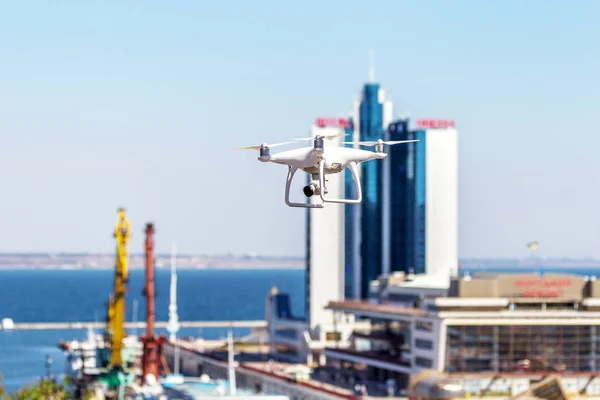
6. The Drone Wall Concept: Securing the Border with Engineering
Parallel to NATO’s efforts, the EU is on a “drone wall” a network of sensors, jamming equipment, and interceptors for its eastern frontier. Deployment within 12 months is envisioned by Defense Commissioner Andrius Kubilius but warns that the system must be resilient against electronic warfare. On the basis of Ukrainian wartime experience, the design must have decentralized management, frequency-hopping communications, and stacked identification protocols to distinguish between hostile and friendly UAVs. It is as much an engineering challenge as a military challenge, requiring secure electromagnetic battle management and rapid cycles of innovation.
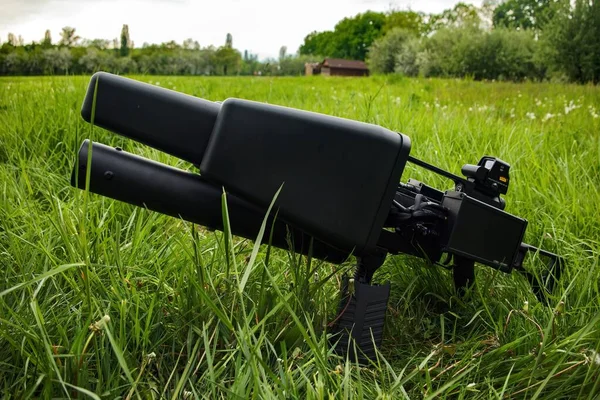
7. Economic and Operational Logic of Counter-Drone Systems
Shooting down a $20,000 Shahed-type drone with a $3 million missile is unsustainable. The wall of drones aims to reverse that cost balance by using low-cost interceptors and electronic attack to destroy threats. Drones, as seen in Ukraine, have made strategic bombers unusable and driven naval assets into harbour; NATO planners now consider them a prime vector of hybrid warfare. Integrating counter-drone capabilities within Eastern Sentry reduces the distraction of high-value fighters away from other missions.
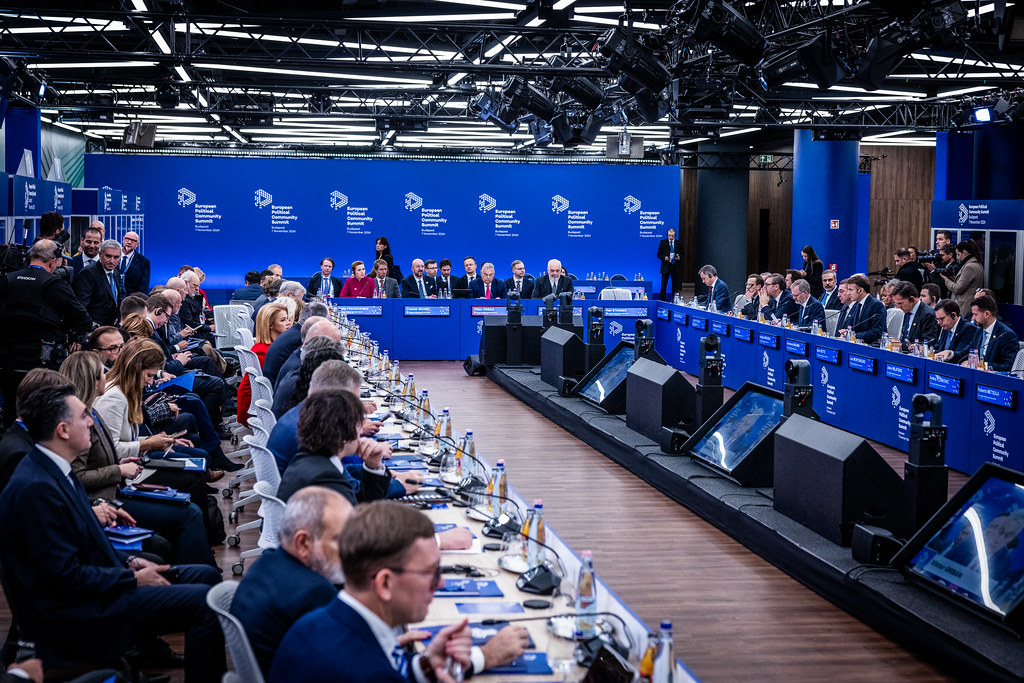
8. Strategic Dangers and Political Disjointures
The violation also shows political divisions. Some NATO members, particularly Hungary and Slovakia, have energy ties with Moscow, and it is difficult to come to an agreement on funding and deployment. Ex-UK Defence Secretary Ben Wallace has argued for presenting Russia with a “strategic dilemma” policies that impose hard costs for provocation. But U.S. President Donald Trump’s measured reaction “Could be big trouble.” I’ll tell you later indicates uncertainty about Washington’s appetite for escalation, which may be what Moscow is riding.
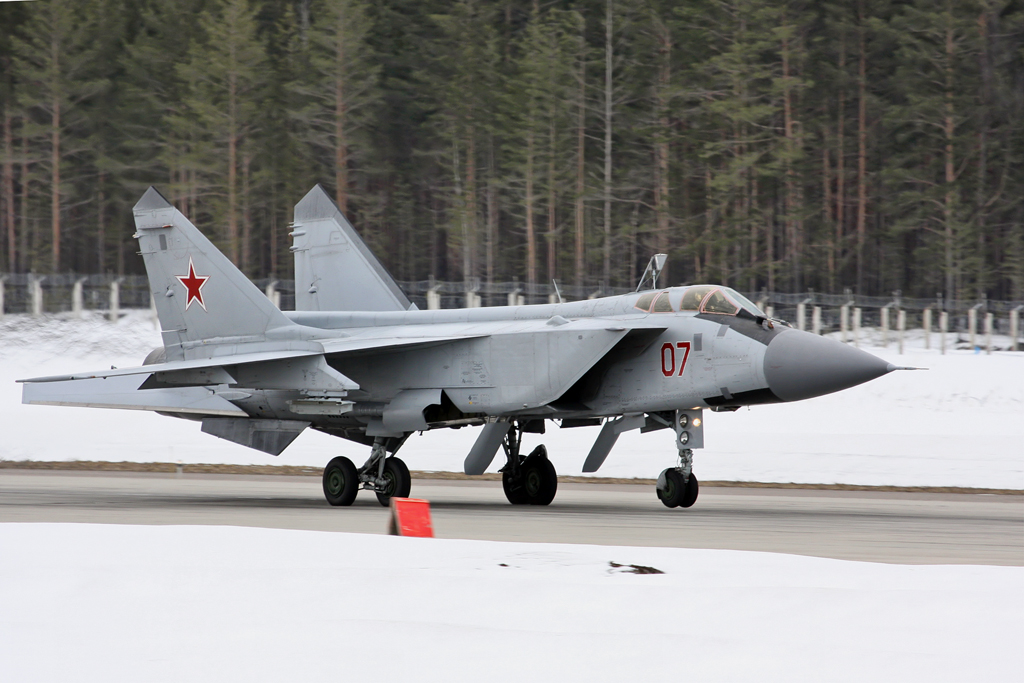
9. Shaping Readiness for a Hybrid Threat Environment
The technological needs to defend NATO’s eastern flank now go from intercepting hypersonic-capable planes to swatting down clouds of drones under electronic attack. It will involve integrating networks of radar, AI-based target recognition, and cross-domain command systems merging air, ground, and cyber defenses. The MiG-31 incursion is a reminder that high-end and low-end threats can enter the same battlespace and that an integrated, adaptive defense architecture is needed.
The twelve-minute sortie over Vaindloo Island could have ended without a shot being fired, but it has accelerated the pace of NATO’s technological and strategic development. In an age when provocation is as much a political weapon as a military one, preparedness has to be measured not only in the rapidity of response, but in the adaptability and cohesion of the systems which facilitate that response.
